-
Posts
8,792 -
Joined
-
Last visited
-
Days Won
73
Content Type
Profiles
Forums
Events
Posts posted by Buckshot Bear
-
-
-
-
-
-
A small factory was set up and the product proved so successful that by 1898 a larger factory was required. W.K. Kellogg ran the factory and managed the cereal business, but John refused to sanction any hint of commercialisation that might jeopardise his standing as a medical professional. Meanwhile, competitors began to offer flaked cereals including versions sweetened with malt and sugar. After lengthy experimentation, W.K. developed a process for making a flaked cereal from corn, flavoured with malt, sugar and salt. In 1906, he began a national advertising campaign in the US for Kellogg’s Corn Flakes.The was long-lasting enmity between the two brothers. In 1906 a legal agreement gave W.K. the sole right to market Corn Flakes in the United States, but John secured the rights to sales in other markets. The first plants outside the USA were located in Canada and Australia.As early as 1915, Kellogg’s Corn Flakes were being imported into Australia, along with other cereal brands including Quaker Oats and Post Toasties (a type of cornflake manufactured by the American Postum company). The toasted cornflakes were marketed as a health food.A Kellogg representative, Joel S. Mitchell, was sent to Australia in August 1925 to launch the marketing program for Corn Flakes. The product was so successful that the original, rented premises in Chippendale proved inadequate and a purpose-built factory was constructed at Botany. The site for the Botany plant was selected for its position on the railway line and close to the wharves.Along with Kellogg’s Corn Flakes, the factory made All-Bran, which had been invented by W. H.’s son, and Kellogg’s Pep, a flaked wheat cereal. All-Bran was unashamedly promoted as a cure for constipation.In 1929, Kellogg’s Australian factory began to make the new breakfast dish, Rice Bubbles, just a year after the cereal had been introduced in the USA as Rice Krispies. The change of name was likely owing to a trade-mark conflict, as there was already a cereal in Australia called Crispies. In the 1930s, Rice Bubbles became an essential ingredient of Chocolate Crackles, a confection ever-popular at school fetes and children’s parties.Over the decades, Kellogg’s has introduced many new brands. In 2011 Kellogg’s said the company employed some 650 people in its Australian operations and used around 30,000 tons of corn as well as many other Australian-grown ingredients. It continues to dominate the ready-to-eat breakfast cereal market in Australia and exports Australian-made breakfast cereals and cereal bars into countries across the Asia Pacific region.Australian Food Timeline

-
 3
3
-
 1
1
-
-

-
 1
1
-
 3
3
-
 1
1
-
-
Still the best cheese for grilling

-
 1
1
-
 1
1
-
-
-
-
-
-
3 hours ago, Wallaby Jack, SASS #44062 said:
............ "as well" is spelled different to "instead" .........

-
 2
2
-
 1
1
-
 2
2
-
 1
1
-
-
27 minutes ago, Wallaby Jack, SASS #44062 said:
.......... can I pleeeeeeease have pineapple instead ......

Both
-
 1
1
-
 2
2
-
-
-
I remember nearly everyone having one of these KFC 6 pack coolers
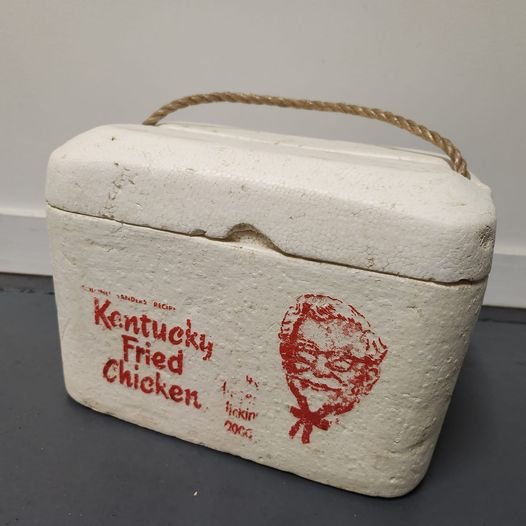
-
 3
3
-
-
Ya' just gotta' have canned sliced beetroot or it just ain't the same !!!
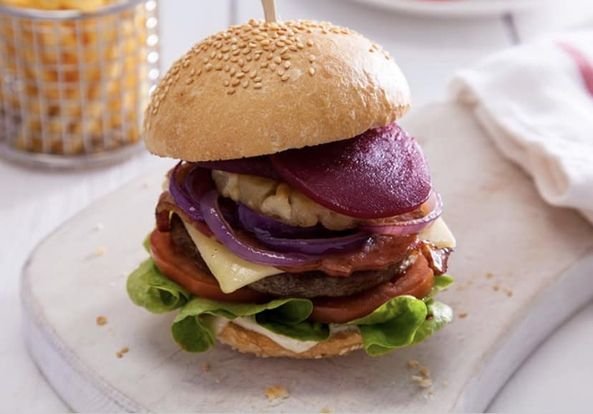
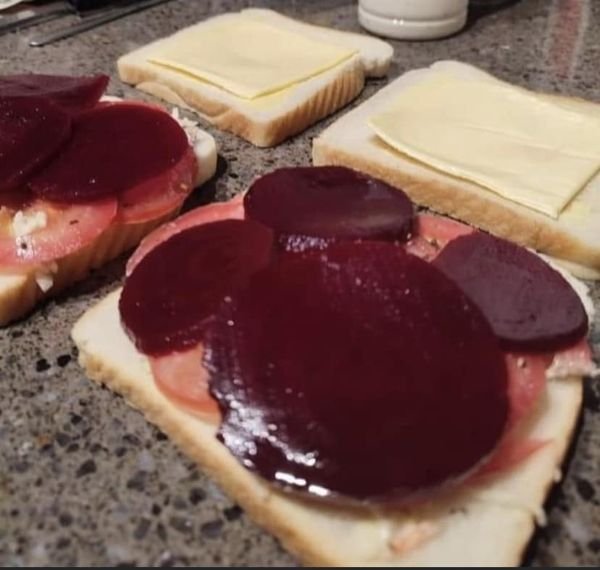
-
 2
2
-
 1
1
-
-
-

-
 1
1
-
 6
6
-
 2
2
-
-
-
-
-
5 hours ago, Abilene Slim SASS 81783 said:
What is that?
Sun Fish
-
 1
1
-
 2
2
-
-
-
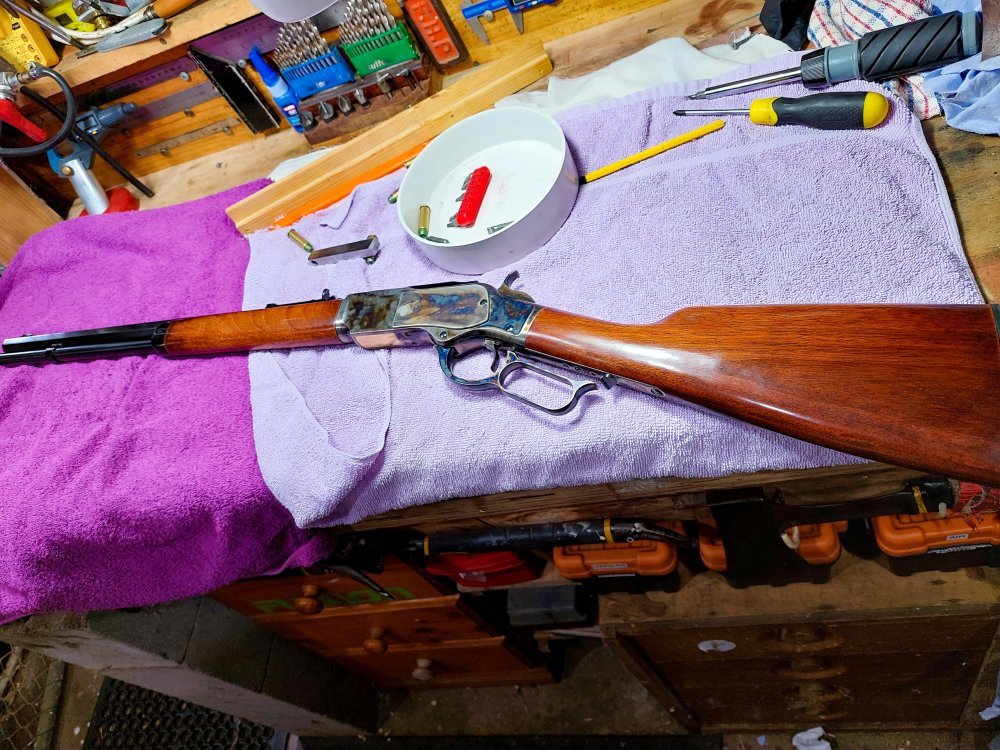
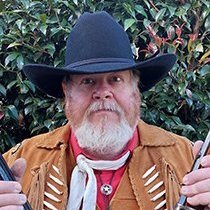


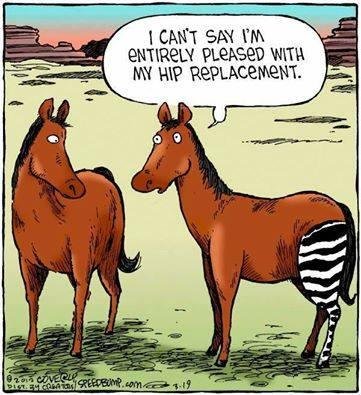
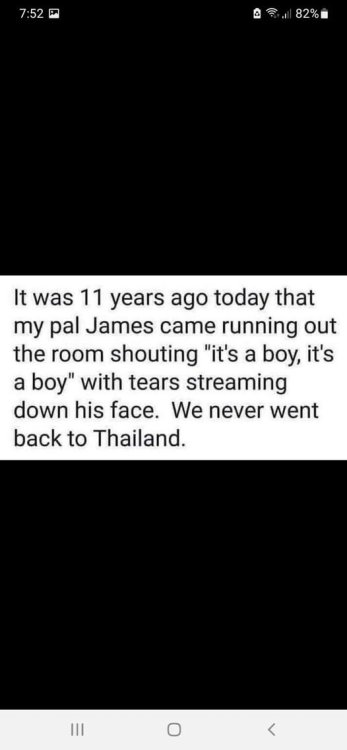

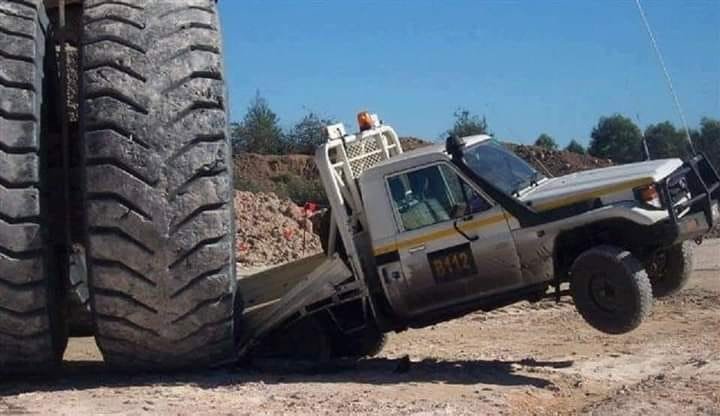
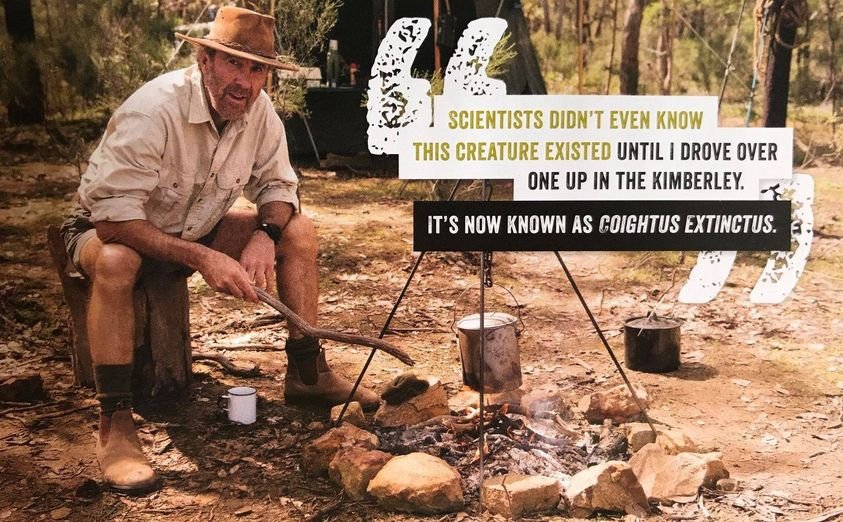
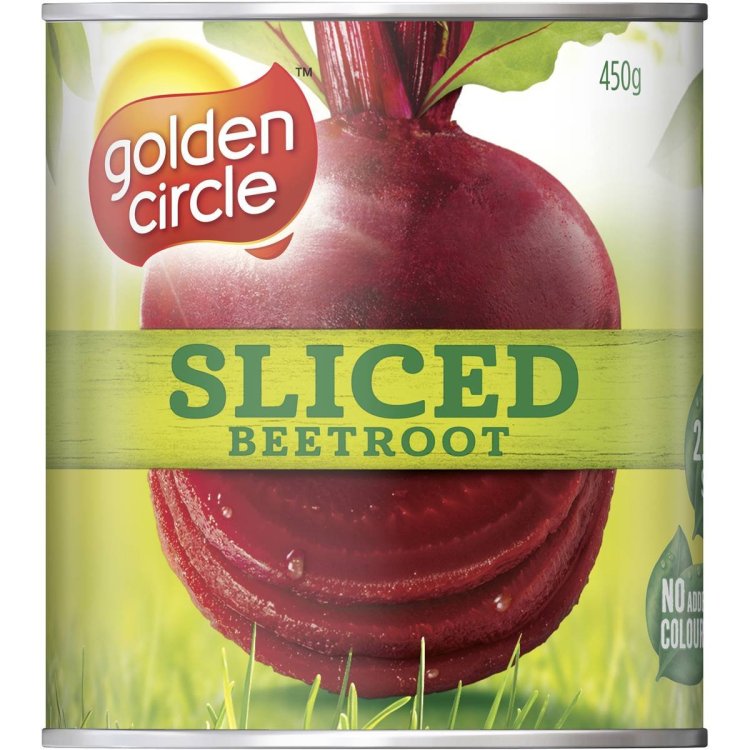

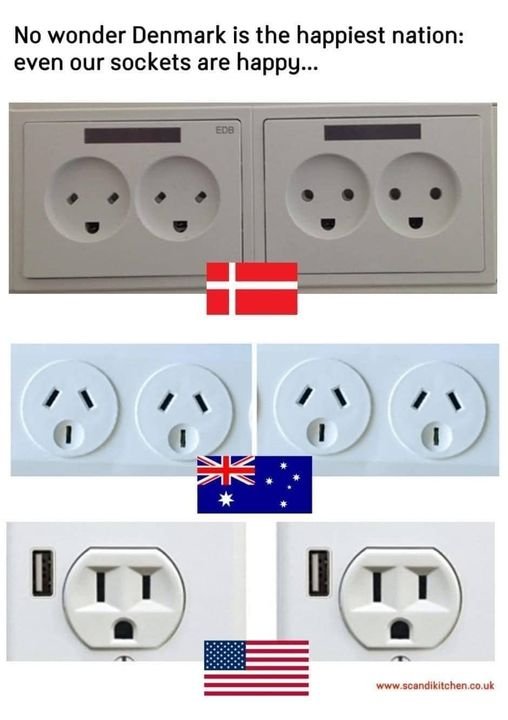

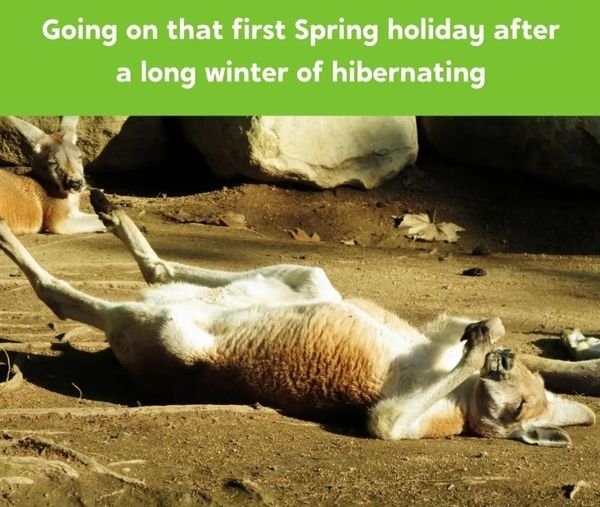
Ba-Dump Tissssh - Memes
in SASS Wire Saloon
Posted